The Christian era at Petra came during the 3rd, 4th and 5th centuries, when the area came under Byzantine control. Although the city remained mainly pagan, there were three churches and a cathedral of sorts… an old tomb was turned into a small cathedral. In addition, some tombs later had crosses inscribed into their walls. When considering a map of Petra, it appears that there was a small Christian sector, with the three churches built almost side by side, and near the Urn Tomb cathedral. To the north of the churches one finds the Christian tombs. The rest of Petra appears to have remained pagan, with the temples being in operation until the very end of Petra, when it was occupied by Muslim forces.
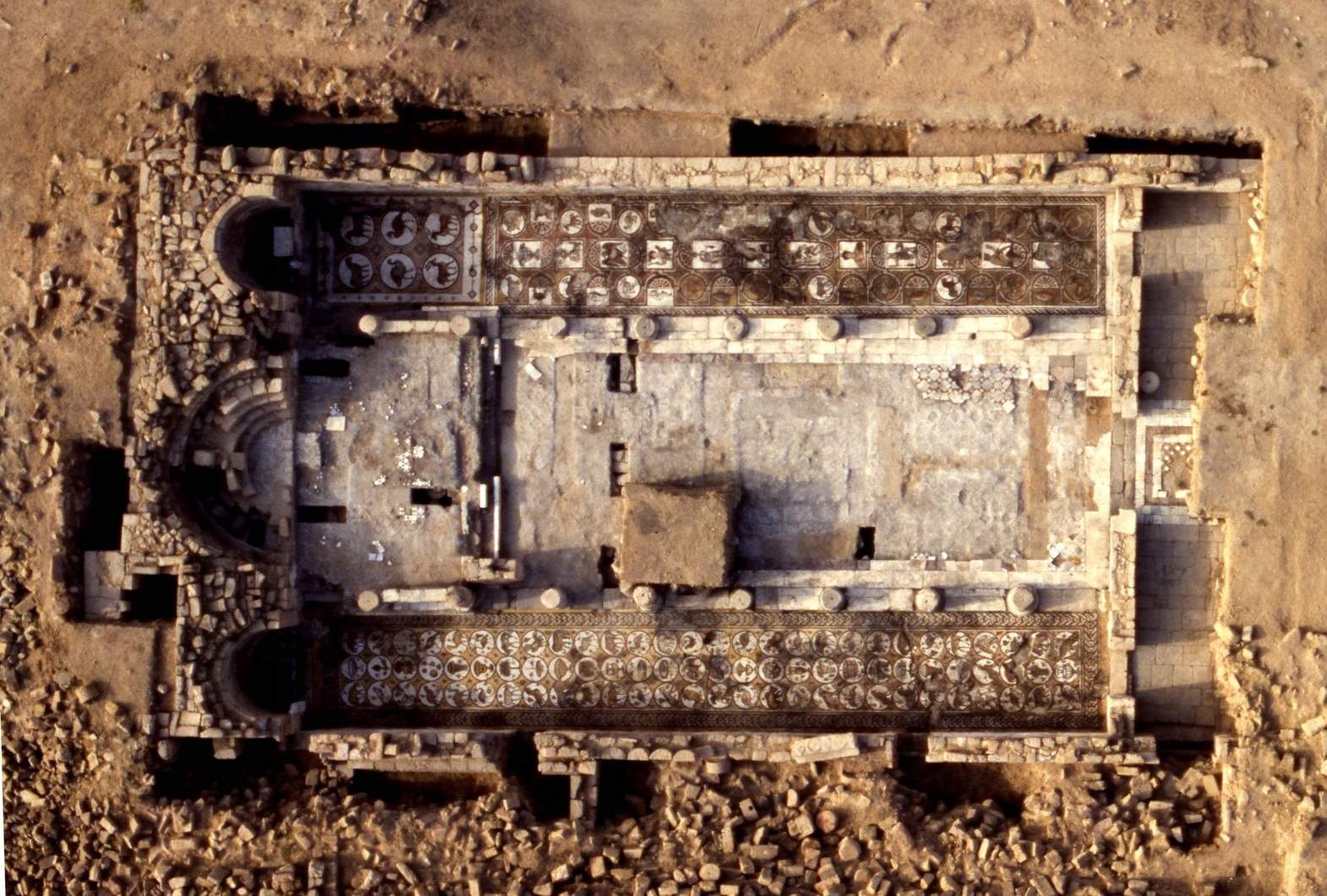
Looking down onto the larger church in Petra. (450 AD) It was entered from the right. Most notably there were mosaic floors down each side of the church.
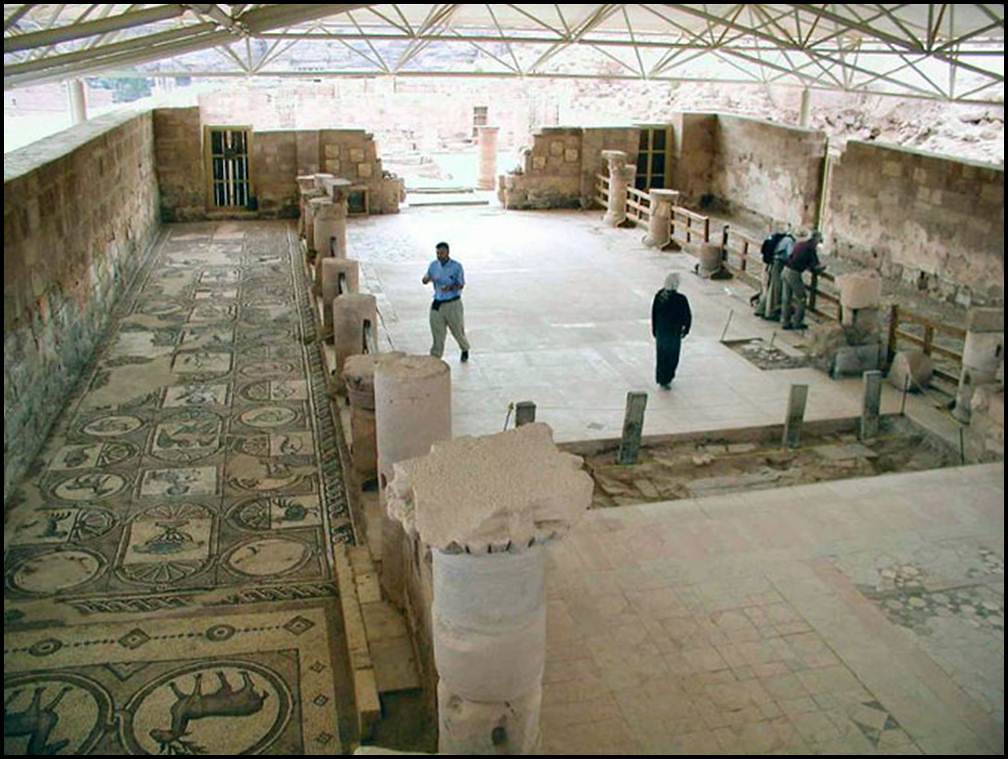
Today the church is covered by a metal roof.
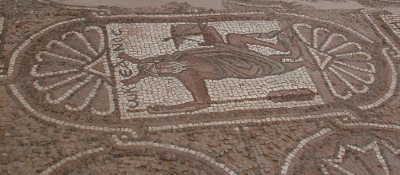
In 1990 Kenneth W. Russell discovered the remains of a Byzantine era church on the north slope of the Colonnade Street. The church contained mosaic floors, marble screens, side rooms, a baptismal tank, and a room full of burnt scrolls, now known as the Petra Scrolls.

Located just above the main church is the blue church, named after it's impressive columns.
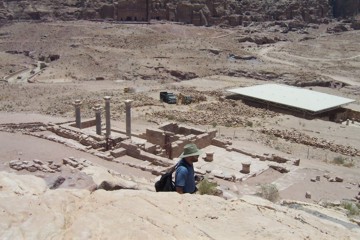
The presence of two smaller churches near the larger church suggest that there were different theological views in Petra.
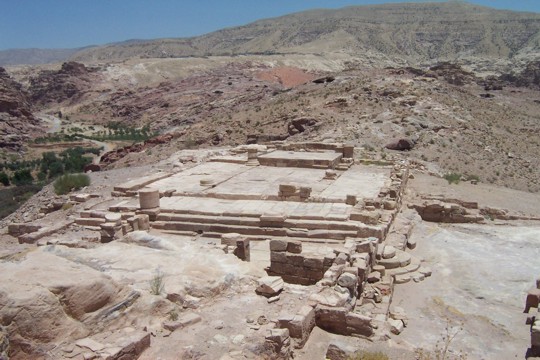
The Red Church is located above the blue church and crowns the top of the hill. Behind the Red Church the city walls would have protected the city from invasion from the north.
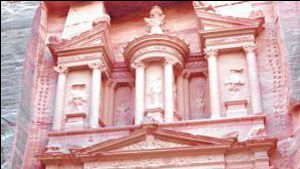
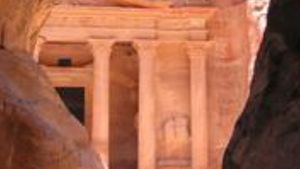
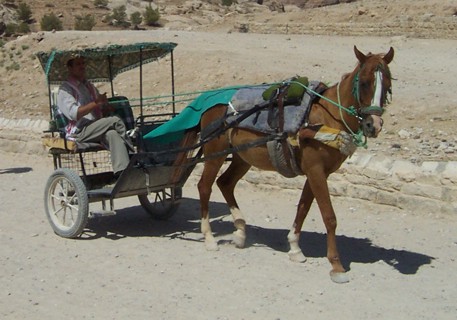
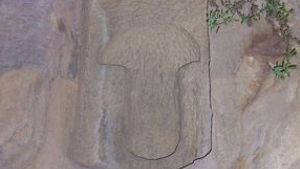
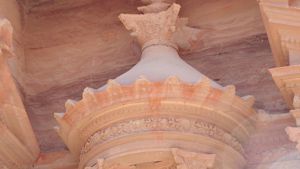

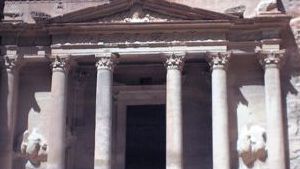
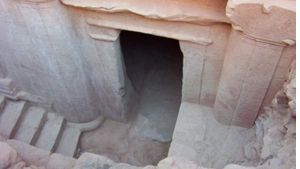
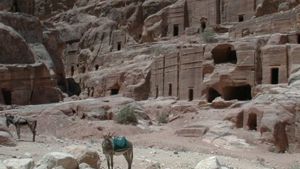

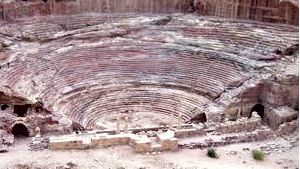

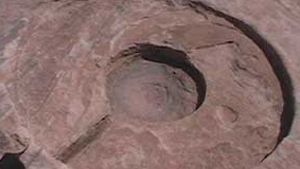
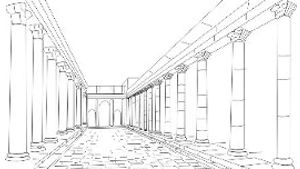

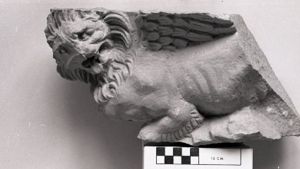

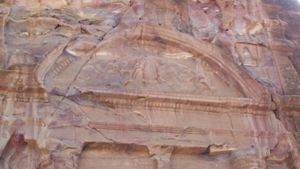
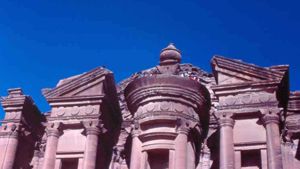
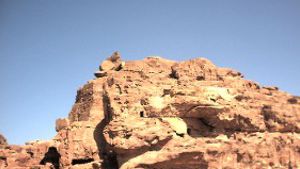
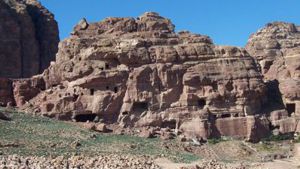
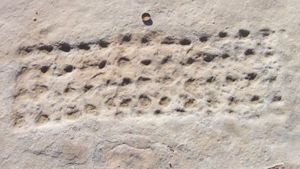
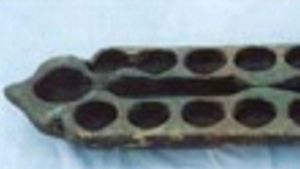

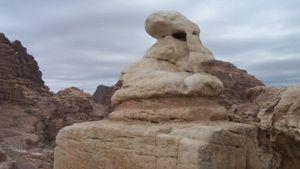
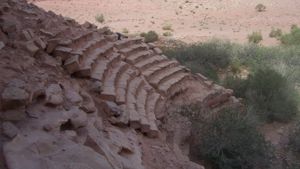
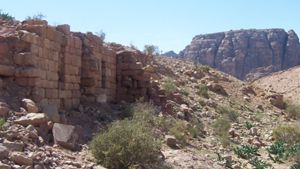

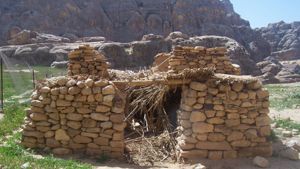

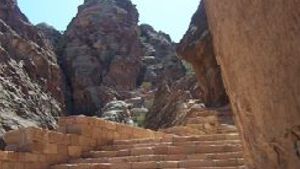


Page Discussion
Membership is required to comment. Membership is free of charge and available to everyone over the age of 16. Just click SignUp, or make a comment below. You will need a user name and a password. The system will automatically send a code to your email address. It should arrive in a few minutes. Enter the code, and you are finished.
Members who post adverts or use inappropriate language or make disrespectful comments will have their membership removed and be barred from the site. By becoming a member you agree to our Terms of Use and our Privacy, Cookies & Ad Policies. Remember that we will never, under any circumstances, sell or give your email address or private information to anyone unless required by law. Please keep your comments on topic. Thanks!